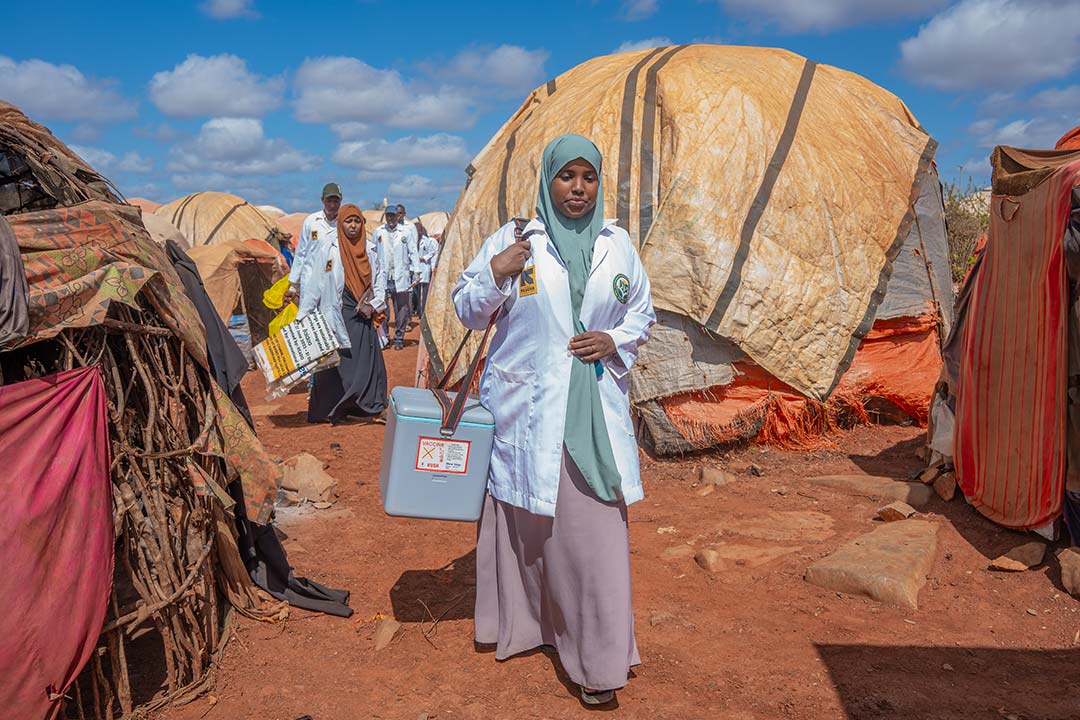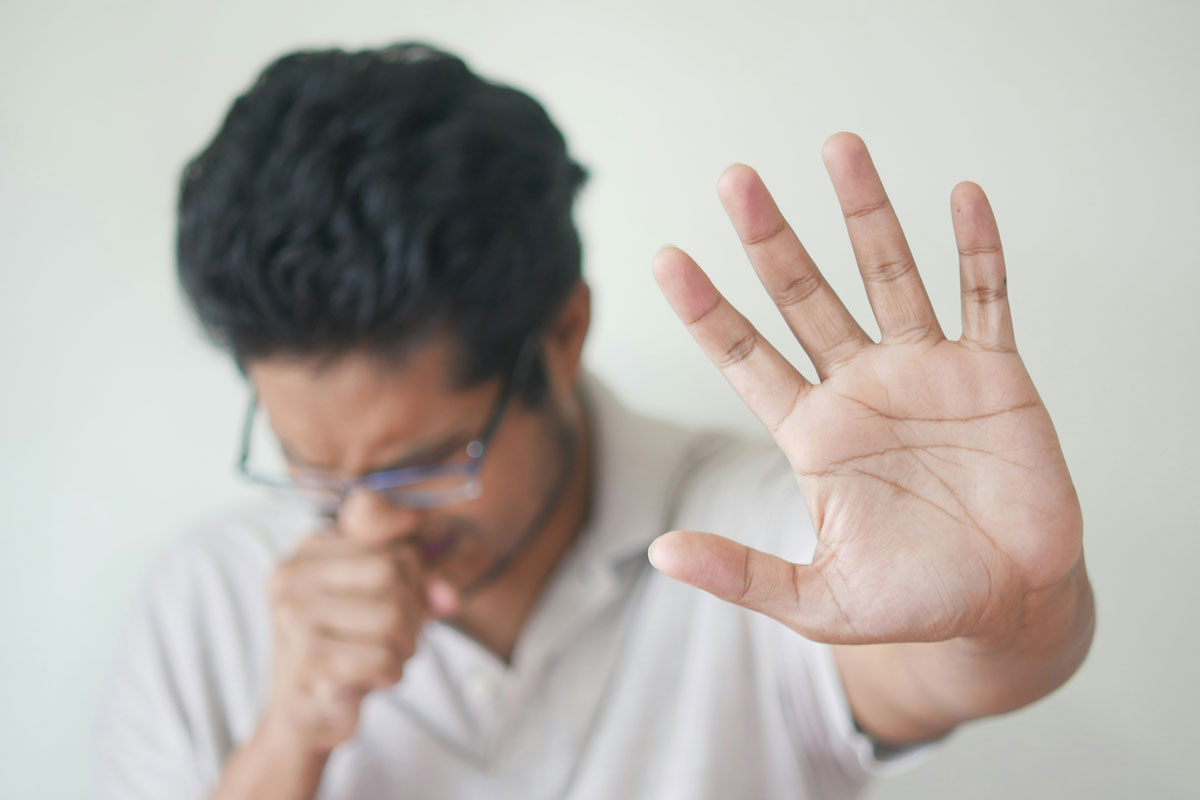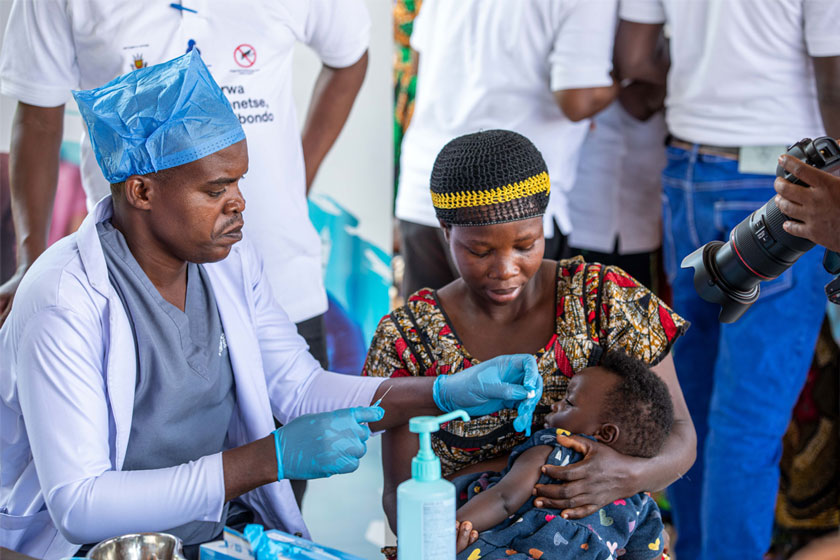Fever dreams: the startling impact of infections on sleep
Research is unpicking how infections such as COVID-19 may disrupt our sleep and circadian rhythms.
- 18 February 2025
- 4 min read
- by Linda Geddes

During a recent bout of COVID-19, I awoke, drenched in sweat and panicking that the man-sized ant I’d been battling with in my dream might have shrunk and become entangled in my bedclothes.
Similarly, a few years ago, I went to check on my son who was in bed with a viral infection to find him semi-lucid and distressed. He was convinced there was a portal to another realm in his ceiling.
Although “fever dreams” are often referenced in films and literature, my recent experience got me wondering whether infections really do affect the content of our dreams.
I’m not the only one. During the first few years of the COVID-19 pandemic, various studies reported that the outbreak appeared to be affecting people’s dreams.
A recent analysis of COVID-related dream content from Portugal found that the most frequently reported dream themes were sickness, death, inefficiency and work-related concerns. It also suggested a strong association between the theme of being chased and the pandemic’s impact on employment, while inefficiency dreams appeared to correlate with the death of a significant person.
Spatial distortions - such as moving walls or creatures with over-sized arms and legs - and threats - such as dogs, insects or terrorists - were common themes of dreams during fever.
Waking preoccupations
In these cases it wasn’t the infection, per se, that was to blame for the altered dream content, but wider fears and insecurities that appeared to be playing out in people’s dreams. However, there’s also evidence to suggest that our dreams may be influenced by viral infections more directly.
According to Dr Stephen Bacci at Lyell McEwin Hospital in Adelaide, Australia, and colleagues, who recently reviewed the scientific literature on fever dreams, the available data suggests that “dreams during periods of fever may be more intense, bizarre and negative than dreams at other times.”
For instance, one of the studies they reviewed found that spatial distortions - such as moving walls or creatures with over-sized arms and legs - and threats - such as dogs, insects or terrorists - were common themes of dreams during fever.
Another of the reviewed studies, published in Frontiers in Psychology, suggested that fever dreams also tended to include more references to health and temperature perception compared to normal dreams.
For example, one dreamer reported walking in a city at dusk, when a hot wind suddenly sprang up, and the air became so hot that breathing hurt. Then they saw a red glow in the corner of their eyes and turned to see an enormous lava ball coming down the mountain towards them. As the lava ball caught them, they woke up.
This link between temperature perception and dream content is in line with the idea that our dreams may be closely related to our waking life experiences, thoughts, emotions and concerns.
The fact that fever dreams apparently contain more intense negative emotions and fewer positive emotions also supports this so-called ‘continuity hypothesis of dreaming’, as fever tends to be accompanied by more negative moods during waking, study authors Michael Schredl at Heidelberg University, Germany, and Daniel Erlacher at the University of Bern, Switzerland, said.
To follow up this line of thinking, it would be interesting to investigate whether cognitive disturbances experienced when people are ill are directly related to the weirdness of their dreams, Schredl and Erlacher added.
“The basic idea is that the ‘over-heated’ brain is not functioning properly and therefore, dreams are more bizarre,” they wrote. “In schizophrenic patients, for example, the severity of psychotic symptoms during the day is directly related to dream bizarreness.”
Have you read?
Inflammatory response
Another possibility is that inflammatory responses triggered by the infection may alter the architecture of people’s sleep, including how often they wake during the night, and how much rapid eye movement (REM) sleep – the sleep stage when most dreaming occurs – they get.
Separate research has suggested that both influenza and rhinovirus (one cause of common colds) infections may be associated with more fragmented sleep and a reduction in both REM sleep and sleep efficiency – the proportion of time you spend asleep compared to the total amount of time you spend in bed.
An increase in inflammation-promoting chemicals called cytokines in response to the infections is thought to be to blame.
More from Linda Geddes
Recommended for you









